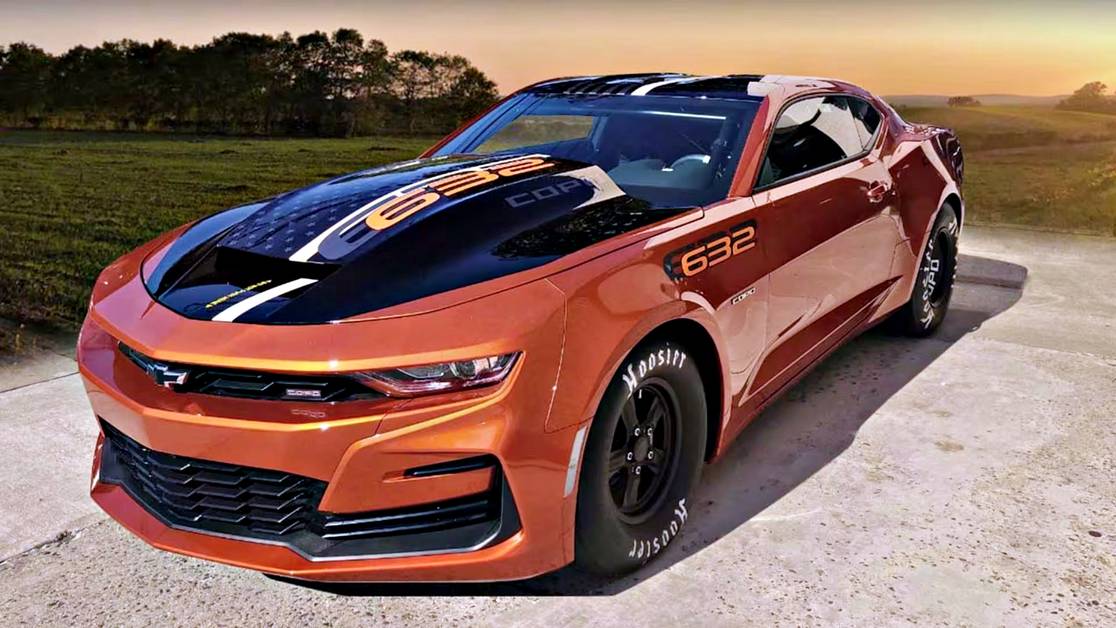
The automotive landscape of the 1960s was a battlefield, a high-octane arms race where manufacturers vied for supremacy on both the street and the strip. Amidst this fervent competition, Chevrolet, a titan of the industry, found itself in an unusual predicament. Corporate mandates from General Motors, driven by fears of antitrust sentiment and squabbles over factory racing support, had imposed a strict limitation: no production cars, apart from full-size models and the Corvette, would be sold with engines larger than 400 cubic inches. This seemingly straightforward decision inadvertently sparked one of the most intriguing and legendary chapters in muscle car history – the birth of the COPO Camaro.
This corporate withdrawal from official motorsports participation and the subsequent displacement denial left Chevrolet, along with Pontiac and Oldsmobile, at a serious disadvantage. Their rivals, Ford and Chrysler, continued their competitive programs unabated, packing massive motors into smaller, agile vehicles – the very essence of the muscle car philosophy. Yet, true innovation often arises from adversity, and the resourceful minds within Chevrolet’s dealer network, combined with ingenious maneuvering by performance figures within GM, found a clandestine path to push the boundaries of factory performance.
What emerged from this intricate web of defiance and demand was a beast unlike any other: the COPO Camaro. These weren’t your everyday showroom models; they were purpose-built, high-performance machines, born from a clever exploitation of an internal ordering system, designed to dominate the drag strips and etch their names into the annals of automotive legend. Join us as we peel back the layers of secrecy and power, revealing the fascinating story behind Chevrolet’s rare and ruthless, rule-shattering warrior.
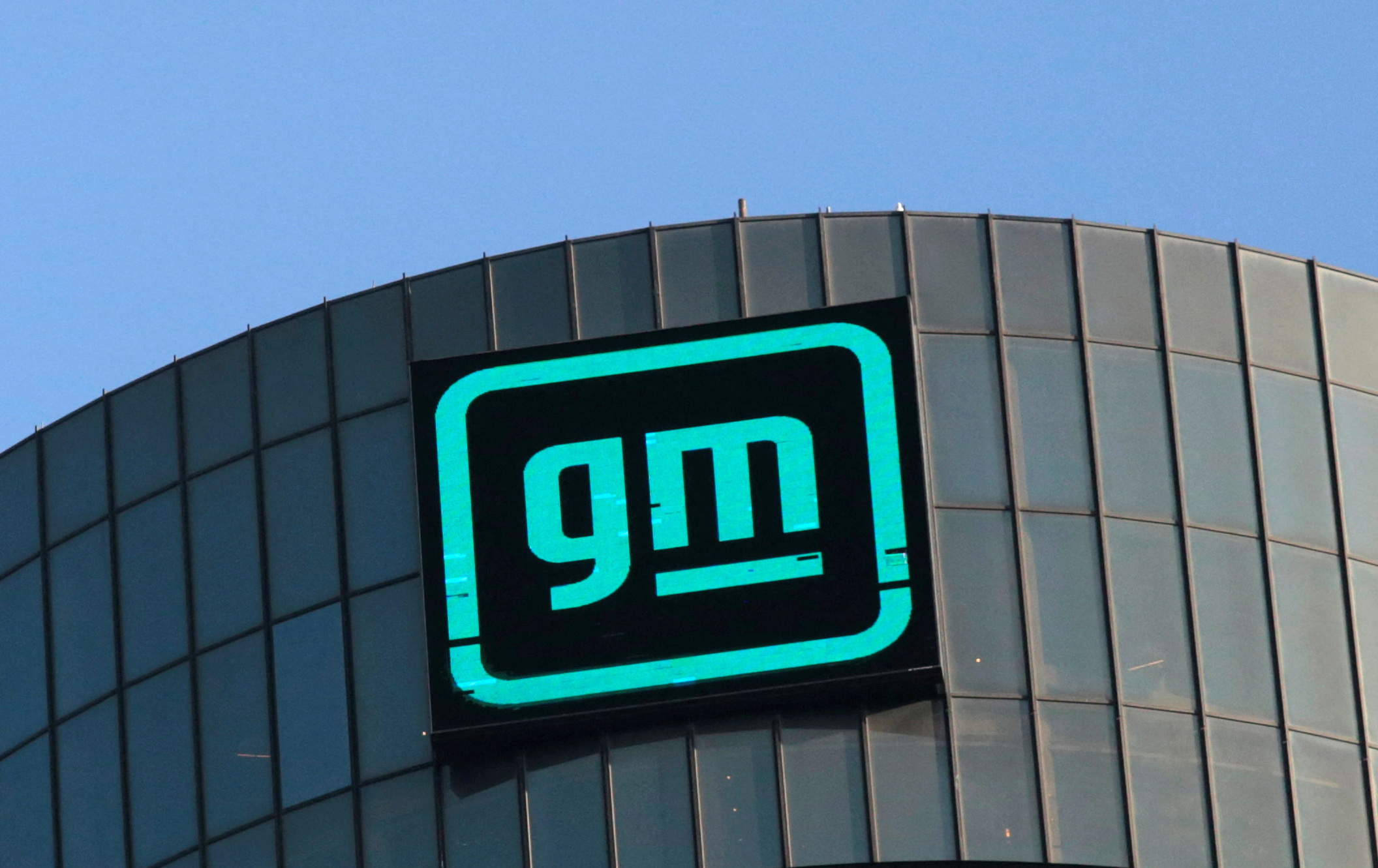
1. **GM’s 1960s Motorsports Ban and its Impact**In the dynamic and fiercely competitive automotive industry of the 1960s, General Motors made a sweeping and, to many enthusiasts, bewildering decision: it withdrew from official motorsports participation. This move was not arbitrary; it stemmed from a complex mix of internal squabbles among Automobile Manufacturers Association (AMA) members regarding factory racing support and, more significantly, growing fears about mounting antitrust sentiment aimed at the corporate giant by the federal government. For a company as influential as GM, navigating these political and regulatory waters was paramount, even if it meant sacrificing a competitive edge on the race track.
The immediate and most widespread side effect of this corporate policy was a severe restriction on engine offerings for most production cars. GM explicitly declared that only its full-size cars and, of course, the iconic Corvette, would be sold with anything larger than a 400 cubic inch engine under the hood. This mandate directly contradicted the burgeoning philosophy of the muscle car era, which was fundamentally built around the concept of “stuffing a big motor in a small vehicle.” Suddenly, Chevrolet, Pontiac, and Oldsmobile found themselves at a significant disadvantage against their main adversaries, FoMoCo, Dodge, and Plymouth, who continued their high-performance programs largely unhindered.
This corporate edict had far-reaching consequences. Super Duty Pontiacs, once formidable contenders, lost their steady stream of high-performance V8s, and Chevrolet enthusiasts no longer had easy access to the vaunted 427 cubic inch mill in their preferred, smaller platforms. The competitive landscape on both the boulevards and drag strips, where a car’s reputation was easily made or unmade among youthful buyers, shifted dramatically. It became clear that something extraordinary had to be done to stay competitive, prompting a search for creative solutions within GM’s vast corporate structure to circumvent this sudden shift away from performance and reignite the spark of high-octane automotive innovation.
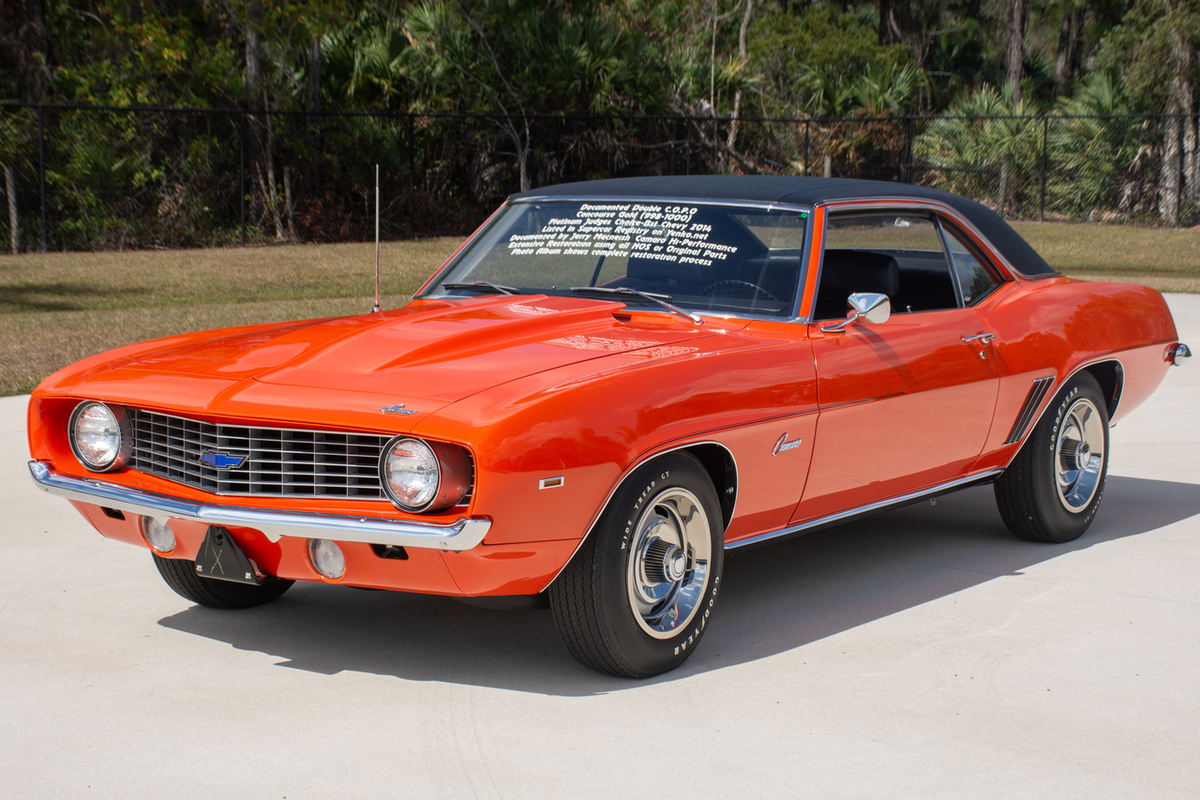
2. **The Genesis of COPO: Don Yenko’s Vision**Amidst General Motors’ stifling performance mandates, a beacon of ingenuity emerged from the dealer network, driven by the insatiable demand for more power. One of the most enduring and impactful creative solutions originated independently from a pair of pioneering dealers, with Don Yenko leading the charge. Yenko, the owner of Yenko Chevrolet in Canonsburg, Pennsylvania, was a performance enthusiast who recognized the gaping void left by GM’s displacement restrictions and the fervent desire of his customers for truly potent muscle cars.
Starting in 1967, the very year the Camaro was introduced to the market, Don Yenko began his audacious experiments. His method was deceptively simple yet profoundly effective: he would order SS 396 models of the Camaro from Chevrolet, and upon their arrival, he would promptly dump their factory engines. In their place, Yenko surgically installed Corvette-sourced L72 V8s, 427 cubic inch units that transformed the already capable pony car into an absolute drag strip warrior. These “surgically-altered” Camaros delivered the kind of performance that buyers craved, and predictably, demand for Yenko’s creations soon outpaced his ability to manually perform the engine swaps.
After a year or so of this labor-intensive process, Yenko realized that the surging demand for his unique big-block Camaros was simply unsustainable through his own modification efforts. This realization prompted a pivotal decision: he approached Chevrolet directly to explore the possibility of factory support for his high-performance endeavors. His vision and the demonstrable market demand would play a critical role in the corporate workaround that would eventually lead to the legendary COPO Camaros, making him a central figure in defying GM’s initial restrictions and delivering true power to enthusiasts.

3. **Fred Gibb’s Parallel Pursuit and NHRA Homologation**While Don Yenko was busy proving the market demand for big-block Camaros, another visionary dealer, Fred Gibb, from Illinois, was independently arriving at a similar conclusion. Gibb was equally convinced that Camaros equipped with powerful big-block engines could not only dominate drag racing but also serve as an invaluable tool for promoting the Chevrolet brand itself. His insights were rooted in a deep understanding of the drag racing scene and the crucial role of performance in shaping a brand’s image among the performance-hungry youth.
Fred Gibb wasn’t just speculating; he had already dipped a toe into the competitive waters of drag racing the year prior, demonstrating his commitment to the sport. He had utilized the very COPO system that would later define the special Camaros to source 50 automatic-equipped Nova SS coupes. These specific Novas were aimed at a particular NHRA drag racing class, showcasing Gibb’s strategic approach to factory-backed competition and his familiarity with the Central Office Production Order system as a means to obtain otherwise unavailable vehicle configurations. This prior experience provided a critical foundation for his subsequent push for the big-block Camaro.
It was the convergence of these two independent yet parallel pursuits that proved to be the catalyst for Chevrolet’s internal workaround. After hearing compelling proposals from both Don Yenko, who sought a factory solution for his 201-car order, and Fred Gibb, whose request for 50 cars met the minimum production examples required for official National Hot Rod Association (NHRA) Super Stock and Stock Eliminator competition, the path forward became clear. Their combined demand, coupled with Gibb’s specific needs for homologation, presented an undeniable case for developing factory-produced, big-block Camaros, setting the stage for the legendary COPO program.

4. **Decoding COPO: Chevrolet’s Secret Order System**The “COPO” in COPO Camaro stands for Central Office Production Order, a system originally designed for a completely different purpose than building high-performance muscle cars. This internal ordering mechanism was primarily offered to Chevrolet dealers who needed to custom-spec vehicles for commercial buyers. Think fleet sales to law enforcement agencies or logistics companies that required very specific equipment, or unique configurations, across a number of different cars or trucks to meet their operational needs. It was a utilitarian system, far removed from the glitz and horsepower of drag racing.
Crucially, COPO orders were never offered to retail customers. You wouldn’t find these specialized options listed on any of the standard paperwork or order forms that were used by the general public to purchase cars from the “mothership” – the Chevrolet factory. This inherent secrecy and limited access made the COPO system an ideal, albeit unconventional, loophole for those looking to circumvent General Motors’ restrictive engine displacement mandates. It was a back-channel, a hidden pathway within the corporate structure that allowed for the creation of vehicles that simply shouldn’t have existed according to official policy.
The brilliance of exploiting the COPO system lay in its obscurity and its legitimate purpose for commercial customization. By leveraging this established, yet private, ordering process, key individuals and dealers could specify high-performance components and larger engines without overtly challenging GM’s corporate ban on big blocks in smaller vehicles. It was a clever maneuver, a testament to the ingenuity of those determined to keep performance alive at Chevrolet, turning a bureaucratic tool into the key that unlocked some of the most potent and legendary machines of the muscle car era.
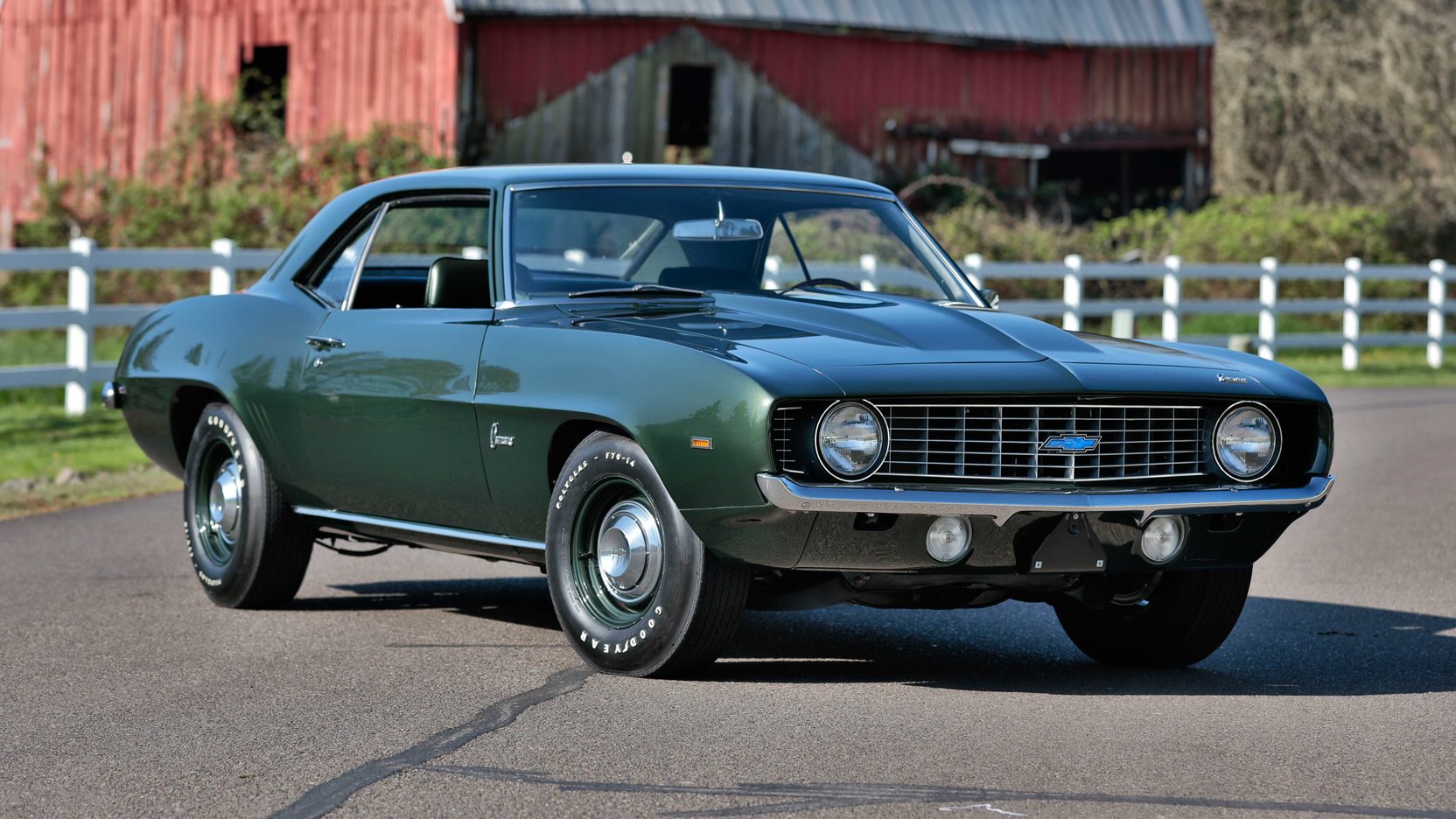
5. **The Masterminds: Estes and Piggins’ Ingenuity**The audacious plan to utilize the COPO system to circumvent General Motors’ performance restrictions wasn’t solely the brainchild of enterprising dealers; it required internal champions who understood the nuances of the corporate labyrinth. Two pivotal figures at Chevrolet Performance, Pete Estes and Vince Piggins, were instrumental in translating the dealers’ demand into a viable factory program. Their combined experience and strategic thinking provided the necessary corporate leverage to make the COPO Camaro a reality.
Vince Piggins, in particular, had a long-standing history of successfully navigating GM’s bureaucratic waters to inject performance into vehicles. He was renowned for his skill in “getting away with big block murder” throughout the decade, artfully couching his orders for larger engines and high-performance equipment with seemingly innocuous terminology. He would often describe these components as “off-highway” or “heavy duty,” effectively masking their true high-performance intent behind functional, commercial-sounding descriptions. This mastery of corporate jargon and strategic misdirection was invaluable in pushing through what would otherwise be forbidden configurations.
Pete Estes also played a crucial role, having previously been involved in the creation of the legendary Pontiac GTO. His strategy for the GTO was a masterclass in corporate circumvention: by making its powerful big V8 an “options package” rather than an outright trim level on the mid-size Tempest coupe, he bypassed internal rules that limited engine size for certain vehicle classes. This precedent, combined with Piggins’ tactical ordering, provided a blueprint for the COPO Camaro. Together, these four men – Estes, Piggins, Yenko, and Gibb – well-versed in the “smoke and mirrors” required to make things happen at a recalcitrant General Motors, would each contribute significantly to creating two unique and revolutionary COPO orders, forever changing the course of muscle car history.
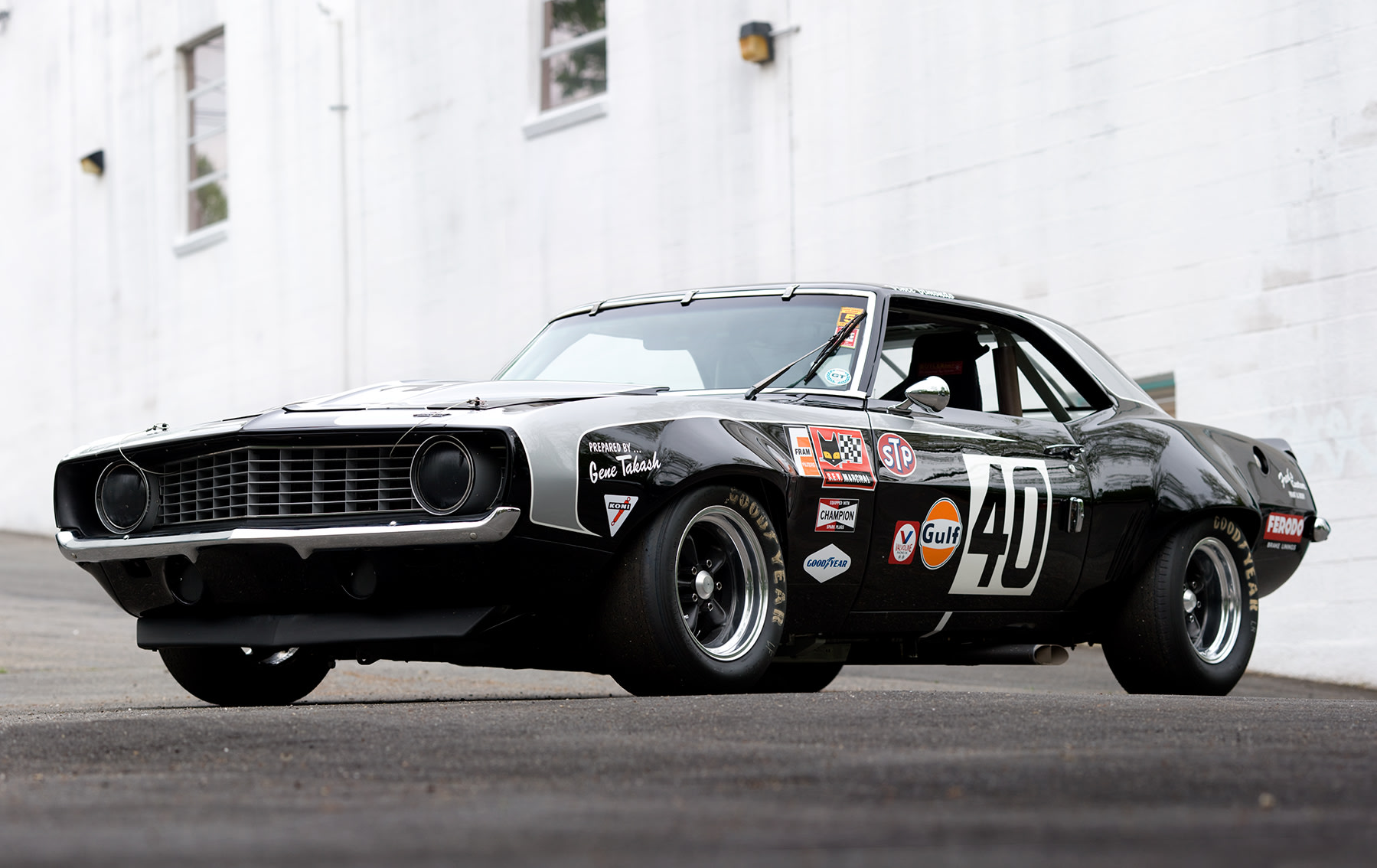
6. **The Legendary COPO 9561: The L72 Iron-Block Beast**One of the two unique Central Office Production Orders that materialized from this concerted effort was COPO 9561, a designation that would become synonymous with raw, unadulterated power. This particular COPO order was designed to mate a relatively “no-frills” Camaro with GM’s formidable L72 V-8 engine. The brilliance of this approach was its subtlety; without dealer-added aesthetic upgrades, these Camaros could easily be mistaken for any other base six-cylinder model at a glance, earning them a well-deserved reputation as some of the most legendary “sleeper cars” of the era. Their unassuming exterior belied the monstrous power lurking beneath the hood.
The L72 itself was a truly beefed-up mill, a 427 cubic inch, four-bolt-main, iron-block V-8. It featured a robust internal architecture, boasting an 11.0:1 compression ratio, forged aluminum pistons, forged steel rods, and a forged steel crank, all designed to withstand the immense stresses of high-performance output. Topping this formidable engine was an aluminum intake manifold, a lightweight component that contributed to efficient airflow, and a 780-cfm Holley four-barrel carburetor, precisely calibrated to deliver optimal fuel and air mixture for maximum power.
The official performance figures for the COPO 9561 were impressive, especially considering the corporate restrictions it circumvented. This potent powertrain produced a factory-rated 425 horsepower and a stout 460 pound-feet of torque. This was a substantial jump in output when compared to the official top-dog 396 cubic inch V-8 engine, which offered 375 hp and 415 lb-ft. The L72-equipped COPO Camaros, designated COPO 9561 AA for cars with a four-speed manual and COPO 9561 BA for those with a three-speed automatic, were truly a force to be reckoned with on the drag strip, a testament to the combined efforts of the performance-minded dealers and Chevrolet insiders who made them possible.

